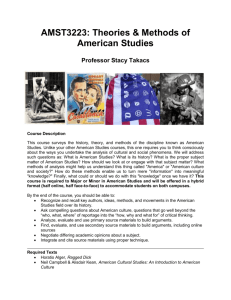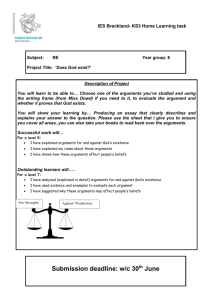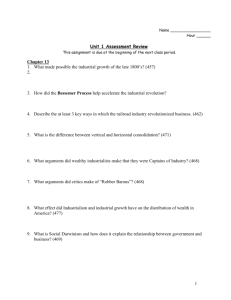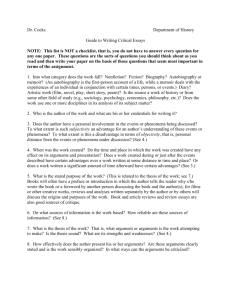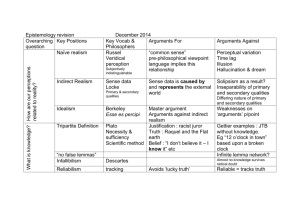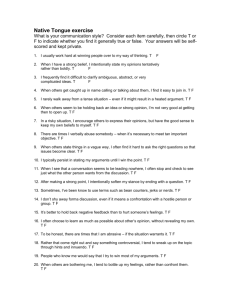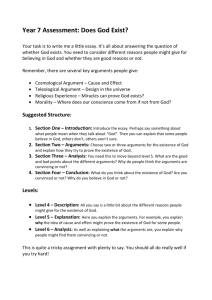How to Read a Book
advertisement
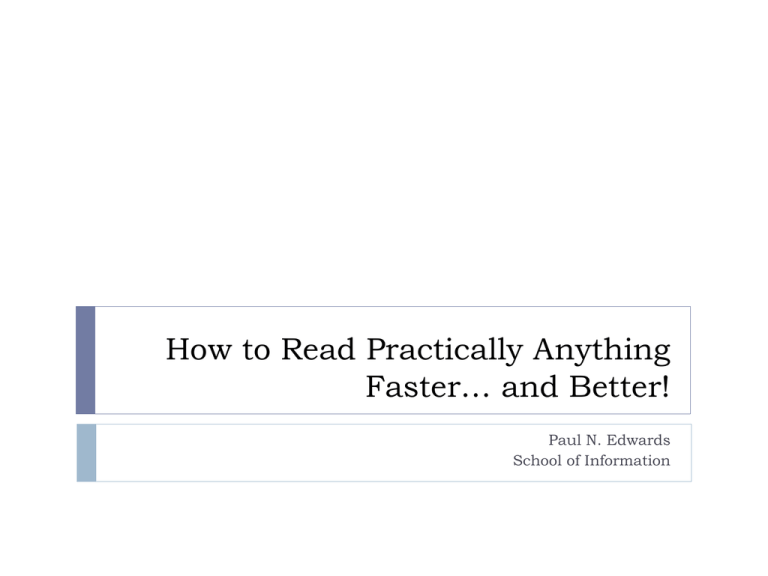
How to Read Practically Anything Faster… and Better! Paul N. Edwards School of Information Purpose and Strategy Have a purpose Why you will read Learn Integrate (with other knowledge) Remember Have a strategy How you will read Purpose: key questions Why was this reading assigned? Who is the author? What are the arguments (hypotheses,claims)? What is the evidence? What are the conclusions? Purpose: read critically What’s missing? Are you convinced? What are the weaknesses of the arguments, evidence, and conclusions? What do you think about them? What would the author say about these problems? Purpose: Finish the Job Always read the whole thing (article, book, assignment…) Realistic assessment of available time Decide how much time you will spend Make a place for reading Physical Mental Schedule Strategies: Read It Three Times Overview: discovery Detail: understanding Generate questions Identify key concepts Answer questions Identify arguments Notes: recall and note-taking Less is more: don’t write too much Strategies: The Principle of High Information Content Cover Table of contents Index Bibliography Preface and/or Introduction Conclusion Pictures, graphs, tables, figures Section headings Special type or formatting Strategies: Use the Hourglass Structure From broad (general) to narrow (specific), and back General Specific General Page vs. Screen 300 dpi 600 dpi Strategies: Use PTML (Personal Text Markup Language) Paper Underlining, highlighters Make notes in the margins Fill in missing section headers Post-Its (color coded; with notes) About PDFs Less is more Strategies: Investigate Authors, Organizations, and Contexts Authors are people Organizations: cultures, norms, goals Background? Politics? Professional position? Friends/enemies? Gender/race/class? Academia, journalism, mass media Intellectual contexts Why write this? To whom? Debates within academic fields? Political importance? Who are the authorities? Who are the renegades? Who’s winning, and why? Strategies: Plan your Time; Use your Unconscious Mind Study time has an inherent structure Two 1.5-hour sessions are better than one 3-hour session Attention drops off after 1 hour Will power diminishes over the course of a day Use your unconscious A lot happens while you’ re not home Strategies: Rehearse, and Use Multiple Modes Continue to think about the book/article after you’ve finished it Use active modes of thinking Talk Write Visualize Whatever you practice, you get good at…



